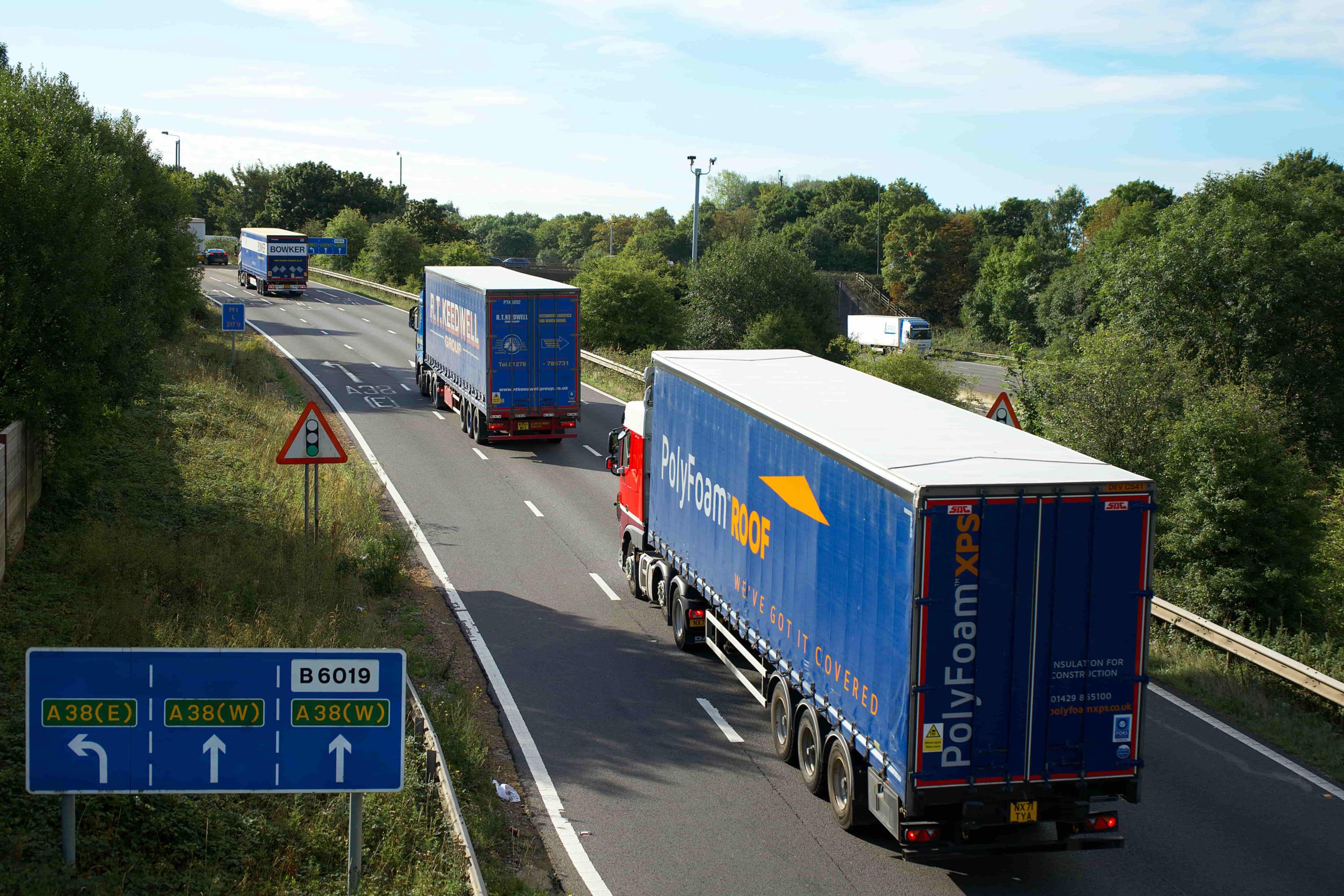





Since its introduction on October 26, 2020, the Direct Vision Standard (DVS) and the corresponding DVS Systems have been pivotal in enhancing road safety in Greater London, with all HGVs over 12 tonnes requiring a DVS permit to drive into Greater London, including vehicles from outside the UK. Enforced by Transport for London (TfL), this…

Since its introduction on October 26, 2020, the Direct Vision Standard (DVS) and the corresponding DVS Systems have been pivotal in enhancing road safety in Greater London, with all HGVs over 12 tonnes requiring a DVS permit to drive into Greater London, including vehicles from outside the UK. Enforced by Transport for London (TfL), this permit system evaluates vehicles based on a ‘star rating’ that measures how well a driver can see other road users from the cab. With ratings ranging from 0 to 5, the standard aims to ensure that vehicles meet minimum visibility requirements.
As of October 2024, the DVS will require a minimum of 3 stars for entry, and vehicles that fall short must adhere to the Progressive Safe System (PSS), which mandates additional safety features to address blind spots. This initiative is a crucial element of the Mayor of London’s Vision Zero plan, which seeks to eliminate all deaths and serious injuries on the city’s transport network by 2041.
Keep reading to explore how DVS systems are shaping a safer future for London’s roads…
In the time since its introduction, the DVS has already greatly contributed to a safer environment for both HGV drivers and vulnerable road users for a number of reasons, including:
Improved Driver Visibility
The DVS assesses how much a HGV driver can see directly through their windows, aiming to minimise blind spots. By enhancing direct vision, drivers can more easily spot vulnerable road users such as pedestrians, cyclists, and motorcyclists. This improved visibility helps lower the chances of accidents by ensuring that drivers can see and respond to these road users more effectively.
Reduction in Accidents
By ensuring that HGV drivers have better direct vision, the DVS aims to reduce collisions, particularly those involving vulnerable road users. Better visibility allows drivers to make safer manoeuvres and avoid hazardous situations, significantly reducing accidents on London’s roads.
Increased Awareness and Training
The implementation of DVS regulations highlights the crucial role of direct visibility and reducing blind spots for Heavy Goods Vehicle (HGV) operators and drivers. As a result, this increased awareness leads to better training and more cautious driving practices.
Implementation of Safety Measures
Vehicles that do not meet the minimum direct vision requirements must be equipped with additional DVS systems. DVS systems offer unparalleled assistance in detecting and avoiding obstacles and vulnerable road users. By enhancing a driver’s ability to see and respond to potential hazards, DVS systems play a crucial role in improving road safety.
Starting October 28, 2024, the DVS will enforce stricter safety standards for HGVs in London, including higher direct vision star ratings and advanced safety equipment like cameras, sensors, and audible warnings, called the Progressive Safe System (PSS). The updated rules will apply to more HGVs and involve increased penalties and stricter enforcement. The DVS will also be regularly reviewed and updated to enhance road safety, aiming to further reduce accidents and fatalities involving HGVs in London.
The Progressive Safe System builds upon the foundation of the DVS System, introducing stricter safety measures, and enhancing overall road safety. It acknowledges the importance of advanced technology in reducing accidents involving HGVs and vulnerable road users.
The main differences between DVS and PSS include:
The additional technologies that are included in the PSS include:
Active Side Sensor or Blind Spot Information (BSIS)
This system alerts drivers to pedestrians, cyclists, or stationary objects when turning, helping prevent collisions. It emits audible signals to warn road users and analyses the vehicle’s path to predict potential impacts. It distinguishes between moving and stationary objects and uses alarms to indicate the severity of the situation.
Front Detection System of Moving Off Information System (MOIS)
Designed to detect and alert drivers to cyclists or pedestrians close to the front of their vehicle, especially in blind spots. When stationary, it warns about vulnerable road users in or near the front blind spot and uses optical, acoustic, or haptic alerts to enhance safety.
As a fleet operator, staying updated on new regulations and ensuring your vehicles comply with the latest standards is crucial. This not only enhances road safety with advanced measures but also keeps your business aligned with legal requirements.
At Simplytrak, we are experts in DVS and PSS. Not only can we offer a fully compliant modular DVS system, but also carry out the following key services:
If you need help with your DVS or PSS systems prior to the 28th October deadline, we are ready to provide the assistance you need. Please get in touch with us to discuss your requirements with our specialist team.




